November marks National COPD Awareness Month, a time to reflect on the impact of Chronic Obstructive Pulmonary Disease (COPD). It is also a month to explore ways to manage its symptoms. If you’re already using cannabis to support your health, you may know the relief it can provide. However, for those managing COPD, inhaling cannabis may not be the best option, as smoking can irritate the lungs further.
The good news is that there are many effective, smoke-free ways to enjoy the benefits of cannabis. From edibles to tinctures. These methods are gentler on the lungs while still providing the therapeutic effects you’re looking for. In this blog, we’ll explore alternative consumption methods that may help manage your COPD symptoms, while ensuring that your health remains a priority.
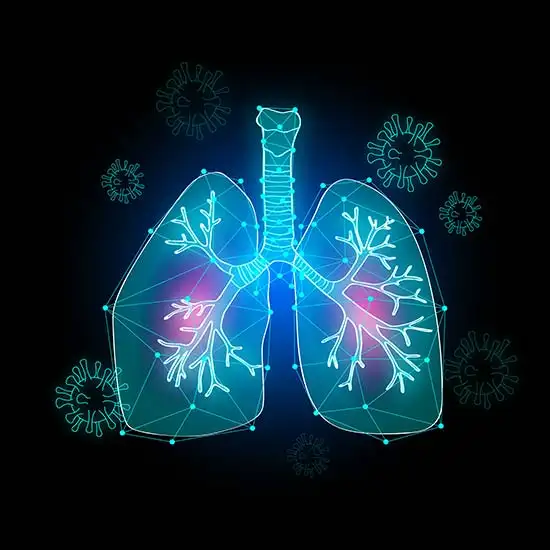
Understanding COPD and Its Challenges
COPD is a chronic lung disease that makes breathing difficult. It’s an umbrella term for conditions like chronic bronchitis and emphysema, which cause airway obstruction and damage to the lungs. For people living with COPD, symptoms can include shortness of breath, persistent coughing, wheezing, and fatigue. These symptoms often worsen over time, making even simple tasks feel exhausting.
Traditional treatments for COPD include medications like bronchodilators and steroids, as well as supplemental oxygen. However, for many people, these treatments are not always enough. This is where cannabis comes in as a potential alternative or complementary therapy.
Cannabis has been known for its anti-inflammatory and pain-relieving properties, making it worth considering for those with respiratory conditions. But how can cannabis be consumed in a way that’s safe for the lungs, especially for people already dealing with COPD?
Cannabis and COPD: What Does the Research Say?
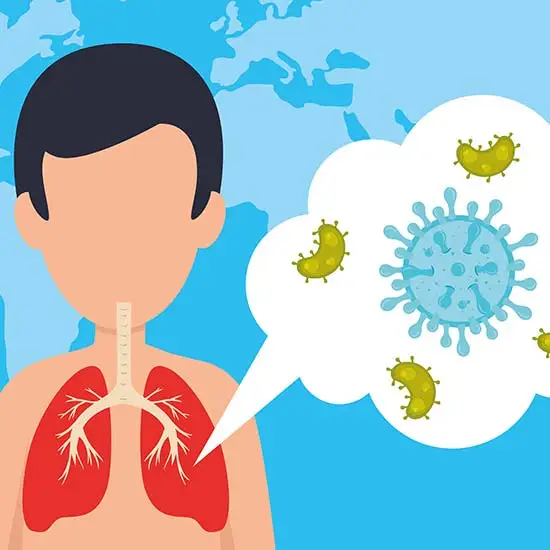
Studies suggest that cannabis may help people with COPD by reducing inflammation, easing muscle tension, and even expanding the airways.
Certain compounds in cannabis, particularly cannabinoids like THC and CBD, are thought to have bronchodilator effects, which can make breathing easier.
Additionally, cannabis may help reduce the severity of symptoms like coughing and sputum production. However, while cannabis shows potential, it’s important to note that smoking can harm the lungs, especially for those with COPD.
The act of inhaling smoke—whether from cannabis or tobacco—introduces harmful substances into the lungs that can irritate the airways and cause further damage. This is why it’s crucial to focus on alternative consumption methods.

Safe and Effective Cannabis Consumption for Respiratory Health
When it comes to consuming cannabis for COPD, the key is to avoid inhaling smoke or vapor. While cannabis offers potential benefits, smoking or vaping can irritate the lungs and worsen respiratory conditions like COPD. Fortunately, there are plenty of safe and effective alternatives that allow you to enjoy cannabis without risking your lung health. Below are some of the best options:
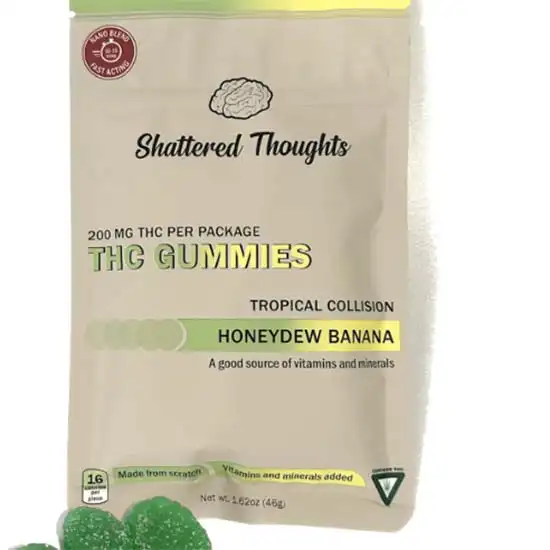
1. Edibles: A Convenient and Long-Lasting Option
Why Edibles Are Great for COPD:
- Gentle on the lungs: Edibles don’t involve inhalation, making them ideal for individuals with COPD or other respiratory concerns.
- Long-lasting effects: Edibles tend to have a slower onset, but their effects can last several hours, making them ideal for people seeking prolonged relief.
- Precision in dosage: Many edibles come in pre-measured doses, making it easier to control your intake and avoid overconsumption.
Things to Keep in Mind:
- Delayed onset: Edibles take longer to take effect, sometimes up to two hours. This delay can make it tempting to consume more before the initial dose kicks in. Start with a small amount and wait for the effects to fully take hold before considering more.
- Strong effects: The effects of edibles tend to be stronger and more long-lasting than inhaled cannabis, so it’s essential to start with a low dose and gradually increase until you find your ideal amount.
2. Tinctures: Fast-Acting and Precise Dosing
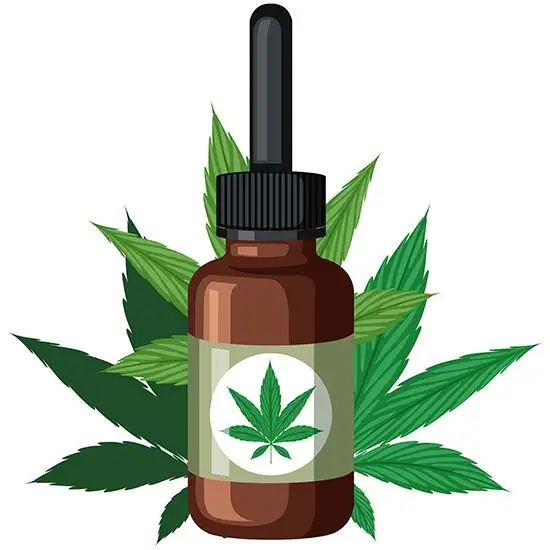
Why Tinctures Are Great for COPD:
- Quick relief: Unlike edibles, tinctures offer a quicker onset of effects, making them a great option when you need fast relief from symptoms like coughing or shortness of breath.
- Precise dosing: With tinctures, you can control exactly how much cannabis you are consuming. This precision allows you to adjust the dose to fit your needs, making it easier to manage symptoms without the risk of overconsumption.
- Non-invasive: Tinctures are taken sublingually, so they don’t irritate the lungs, offering a safe and effective alternative for those with respiratory conditions.

Things to Keep in Mind:
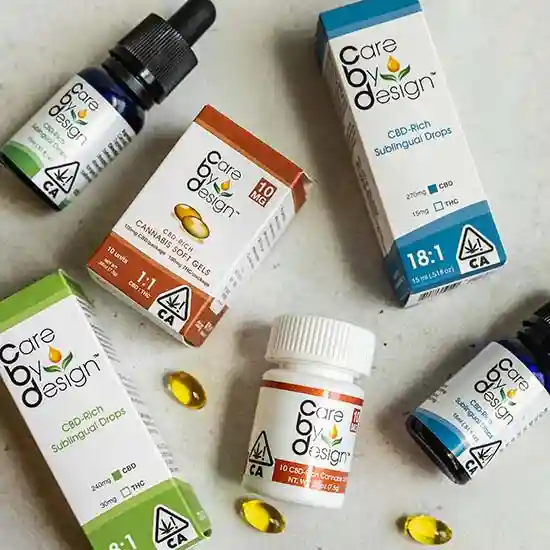
3. Capsules: Convenient and Discreet Dosing
Why Capsules Are Great for COPD:
- Long-lasting effects: Capsules take longer to kick in compared to tinctures, but the effects are prolonged, which can help manage symptoms throughout the day.
- No smoke: Since capsules are ingested orally, there’s no risk of lung irritation, making them ideal for those managing COPD.
- Easy to incorporate into your routine: Capsules are simple to add to your daily health regimen, offering consistency and ease.
Things to Keep in Mind:
- Delayed onset: Like edibles, capsules can take up to two hours to take effect. Therefore, it’s important to plan your dose accordingly and start with a low amount to avoid excessive effects.
- Not suitable for everyone: For those who have difficulty swallowing pills, capsules may not be the most ideal option.
4. Topicals: Targeted Relief Without Inhalation
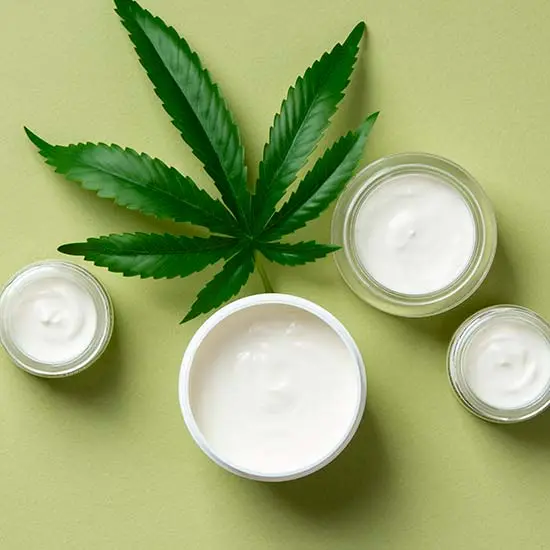
Why Topicals Are Great for COPD:
- Non-invasive: Since topicals don’t enter the bloodstream, they don’t affect lung health, making them a safe option for those concerned about inhalation.
- Targeted relief: They are applied directly to the area that needs relief, such as sore muscles or joints, offering localized treatment without affecting the rest of the body.
- No psychoactive effects: Most topicals are made with CBD, which doesn’t produce the “high” associated with THC, allowing for relief without any psychoactive effects.

Things to Keep in Mind:
- Not for respiratory symptoms: Topicals don’t have any direct effect on lung function, so they’re more suited for addressing body aches, pains, or inflammation associated with COPD, rather than respiratory discomfort.
- Variety of products: There’s a wide range of topical products available, from lotions and balms to patches and oils, so you may need to try a few different products to find the one that works best for you.
5. Vaporizers (With Caution if You Suffer From COPD)
While inhaling cannabis can be harmful for those with COPD, using a vaporizer with low heat may be a safer alternative than traditional smoking. Vaporizers heat cannabis to a temperature that releases the active compounds in the form of vapor, without creating smoke. This method still requires caution, as some people with COPD may experience irritation, but it can be a better option compared to smoking.
Why Vaporizers Might Be Safer:
- Lower heat: Vaporizers use lower temperatures than smoking, which helps reduce the production of harmful byproducts like tar and carcinogens.
- Faster onset: Vaporizedcannabis takes effect almost immediately, providing quick relief for those with acute symptoms.
Things to Keep in Mind:
- Still an inhalation method: While vaporizing cannabis doesn’t produce the same harmful smoke as smoking, it still involves inhaling vapor, which may irritate the lungs, especially for individuals with COPD. Always start with a small amount and consult a healthcare professional before using a vaporizer.
- Proper device and temperature: Be sure to use a high-quality vaporizer and adjust the temperature to ensure you’re vaporizing cannabis without combustion.
By exploring these safe and effective methods of cannabis consumption, individuals with COPD can enjoy the potential benefits of cannabis without compromising their lung health. If you’re new to these methods, consider experimenting with one that suits your lifestyle and symptoms, and always consult with a healthcare professional to ensure it’s the right choice for your health.
Products to Consider if You Have COPD
At 7 Engines Cannabis Dispensary, we understand the importance of safe consumption methods. That’s why we offer a variety of products that cater to individuals seeking smoke-free options. Whether you’re looking for edibles, tinctures, or capsules, we’ve got you covered.
Check out our selection of CBD and THC-infused edibles, which provide a delicious and convenient way to experience the therapeutic benefits of cannabis. If you prefer precise dosing and fast-acting relief, tinctures and capsules are also available.
Here are some of our top recommendations:
- CBD Gummies – Great for those looking to relax without the high.
- THC Tinctures – For quick relief from respiratory discomfort.
- CBD Capsules – For easy, consistent dosing throughout the day.
Visit our product pages to explore more options tailored to your needs and make sure you’re choosing what works best for your health.
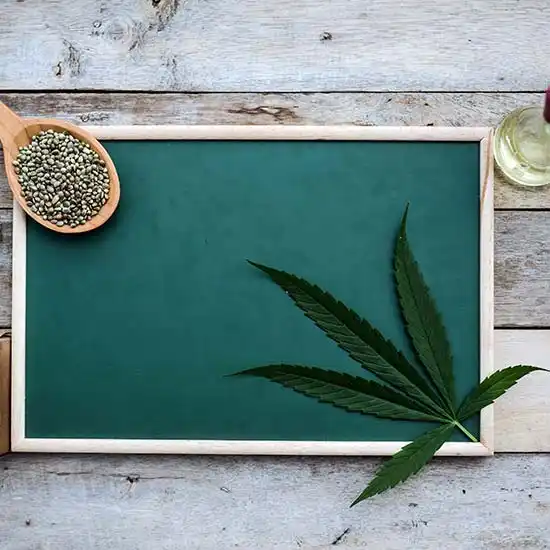
Advocating for Awareness and Education
While cannabis offers promising potential for alleviating COPD symptoms, it’s important to be well-informed and cautious. Always consult with a healthcare professional before introducing any new treatment into your routine, especially if you’re already on medication for COPD.
As more people explore cannabis as an alternative treatment, spreading awareness is key. This National COPD Awareness Month, let’s work together to share knowledge about how cannabis can be used responsibly to improve quality of life.
Remember, the right consumption method can make all the difference in managing COPD symptoms and improving your overall well-being.
Tips for Integrating Cannabis into Your COPD Management Routine
Incorporating cannabis into your COPD management routine can offer relief from various symptoms, but it’s essential to do so thoughtfully and safely. Here are some tips to help you get the most out of your cannabis use without compromising your respiratory health.
1. Start Slow and Monitor the Effects
When trying a new cannabis product or method of consumption, especially if you’re new to non-inhaled forms, start with a low dose. Begin with the smallest recommended amount and wait for the effects to fully take hold before considering an increase. Everyone’s body reacts differently to cannabis, so starting slow helps you gauge your personal tolerance and find the right dosage for your needs.
For example, with edibles, it’s wise to start with a 5-10 mg dose and wait at least two hours to see how it affects you. If you don’t feel the desired relief, you can slowly increase the dose over time.
2. Be Consistent
Consistency is key when incorporating cannabis into your COPD management routine. Just as with any other health treatment, maintaining a regular schedule can help you manage symptoms more effectively. Whether you prefer tinctures, edibles, or capsules, try to take them around the same time each day to establish a predictable routine.
For long-lasting relief, especially for those with chronic pain or shortness of breath, consuming cannabis consistently can help prevent symptom flare-ups and keep your body in balance.
3. Work with Your Healthcare Provider
Before adding cannabis to your COPD management plan, it’s essential to consult with your healthcare provider. They can offer valuable insights on how cannabis may interact with your other treatments or medications. They may also help you establish a dosing schedule for your specific symptoms and needs. Additionally, your doctor can guide you on how cannabis can be used alongside traditional COPD treatments, ensuring you maintain a comprehensive approach to managing your condition.

4. Stay Hydrated and Maintain a Healthy Lifestyle
hile cannabis can offer symptomatic relief, it’s important to remember that it’s just one tool in your overall health toolkit. Staying hydrated and eating a balanced diet rich in fruits, vegetables, and lean proteins is essential for managing COPD. Regular physical activity (within your tolerance) can also improve lung function and overall well-being. Cannabis can complement these lifestyle choices by helping you manage pain, stress, and discomfort, but it shouldn’t replace conventional medical treatments, a healthy diet, or exercise.

5. Keep Track of Your Symptoms and Adjust as Needed
It’s important to keep track of how cannabis affects your symptoms over time. Consider maintaining a daily journal to record the cannabis product you used, the dosage, and how it made you feel. This will help you adjust your routine as you discover what works best for you.
Tracking your symptoms will also help you identify if any specific product causes discomfort or doesn’t provide the desired relief. With this information, you can refine your approach and continue to make positive strides in managing your COPD.
By integrating cannabis into a comprehensive COPD management plan, one can enjoy its benefits while minimizing any risk to their respiratory health. Start slow, stay consistent, and work alongside your healthcare provider to ensure a safe and effective approach to cannabis use.
Conclusion
For those living with COPD, finding ways to breathe easier is crucial. While smoking cannabis is not recommended for people with respiratory conditions, there are plenty of alternative methods that offer the same benefits without the harm. Edibles, tinctures, capsules, and topicals are all safe, effective options that can support your health while managing COPD symptoms.
At 7 Engines Cannabis Dispensary, we are committed to helping you find the right products for your needs. Take the time to explore smoke-free consumption methods and consult with a healthcare provider to make sure you’re using cannabis safely. Let’s breathe easy together, and make this National COPD Awareness Month a time to embrace healthier, happier living.
The information provided is not a substitute for professional medical advice, diagnosis, or treatment. Consult with a qualified healthcare professional for personalized advice based on your medical condition.




